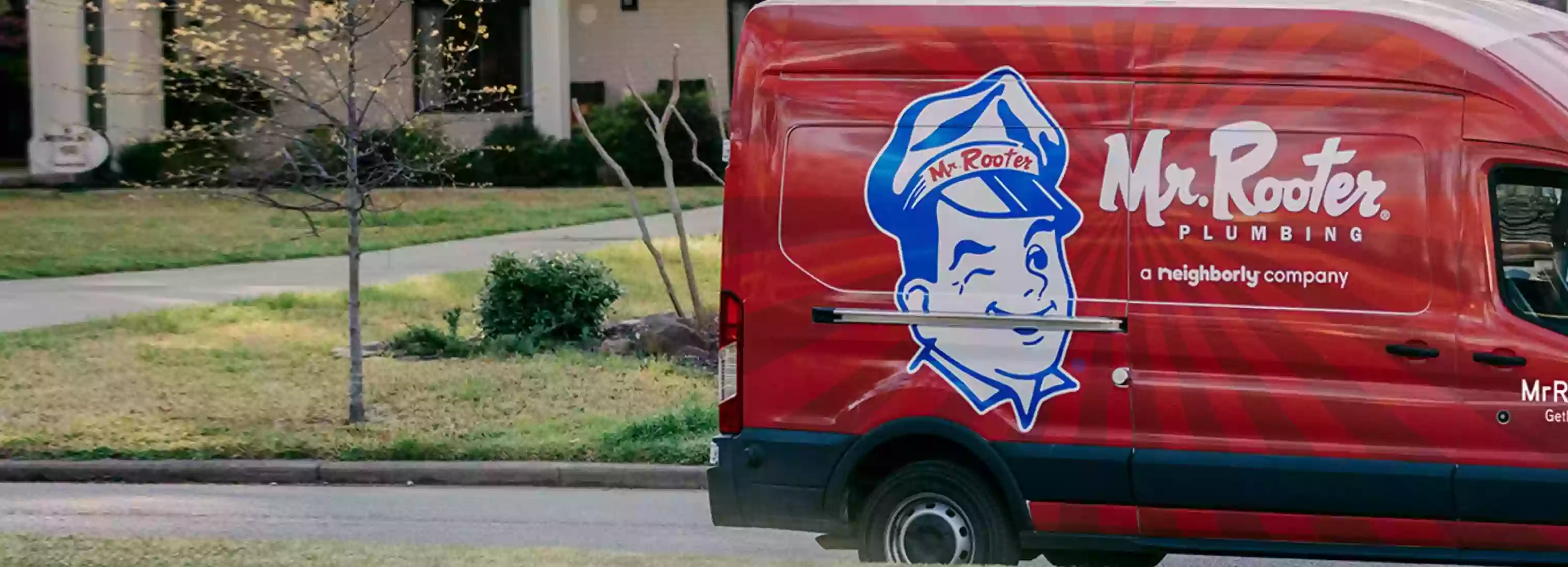How to Flush Your Water Heater (And Why It's Important)
Your plumbing equipment is generally low-maintenance and requires little attention to work properly for quite a long time. However, your water heater is perhaps the only piece of equipment that is very much the opposite. Every year, a water heater needs to be flushed to preserve it and ensure that it continues to function properly.
perhaps the only piece of equipment that is very much the opposite. Every year, a water heater needs to be flushed to preserve it and ensure that it continues to function properly.
If you're unsure uncomfortable doing your own plumbing, we're here to help! Call our Charlotte plumbers for skilled water heater service near you.
Why Flush Your Water Heater?
 Flushing your water heater is important for a number of reasons, but most importantly it’s to get rid of things like dirt, minerals, and other sediment that may have built up in the bottom of your water heater tank. When water enters your home through your main water inlet, it’s not perfectly clean. In fact, it’s extremely common for your water to have concentrations of things like calcium and magnesium in them. While these substances aren’t bad for you (and actually have some health benefits), they can accumulate, solidify, and could even mix with dirt and other inclusions which are fairly common, becoming sediment that accumulates at the bottom of your water heater tank.
Flushing your water heater is important for a number of reasons, but most importantly it’s to get rid of things like dirt, minerals, and other sediment that may have built up in the bottom of your water heater tank. When water enters your home through your main water inlet, it’s not perfectly clean. In fact, it’s extremely common for your water to have concentrations of things like calcium and magnesium in them. While these substances aren’t bad for you (and actually have some health benefits), they can accumulate, solidify, and could even mix with dirt and other inclusions which are fairly common, becoming sediment that accumulates at the bottom of your water heater tank.
This sediment layer can cause a couple of issues:
- It actually increases the chances of a leak springing out of the bottom of your tank.
- It prevents your water heater from heating as effectively.
Most gas-powered water heaters function with a burner located at the bottom of the tank which warms the water, causing it to rise, and heat more evenly. Sediment at the bottom acts as an insulator, preventing the heat from traveling as easily, and requiring your burner to stay on longer to heat the water. This burns more fuel and costs you more money while also being harder on your tank and causing it to wear out faster.
Leaks are a common issue for water heaters and other plumbing systems. Learn more about the most common places to find leaks.
Does Your Water Heater Need Flushing?
Most water heater manufacturers recommend flushing out their water heaters once a year, as mentioned. At Mr. Rooter Plumbing, we generally recommend the same. If you have a big family, or you use large amounts of hot water each day, then it might be better to flush it out more often, like twice a year instead. Regardless of your hot water usage, there are a few telltale signs that your water heater needs to be flushed.
If you notice any of the following, then it is likely time to flush your water heater:
- Temperature of hot water is unpredictable, going both up and down.
- White scale buildup forms rapidly on faucets, showerheads, etc.
- Utility bills are increasing without noticeable increase in energy usage.
- Water pressure is consistently low or drops low intermittently.
How to Flush Your Water Heater
Flushing your water heater is generally simple. All you need is a hose that can connect tightly to the flushing valve on the side of your tank, and a large bucket.
What you need:
- A typical garden hose (though you may want to make sure it’s leak-free and long enough to reach outside
- A bucket to serve as a reservoir.
- A water pump (if your water heater is in your basement)
- A wrench (if required to turn valves on your heater on and off)
Steps for flushing your water heater:
- Shut off the gas or electrical connection to your tank (depending on what type of a heater you have).
- Connect the hose to the drain valve, making sure that the other end of the hose is in a large bucket or safely placed into a storm drain.
- Open the drain valve and let the water start to flow out.
- While this is going, you should also open your temperature and pressure relief valve.
- After a few minutes, start collecting a bucket of the draining water to inspect it.
- If there are still sediment crystals in the bottom, then continue letting the water drain through.
- When the crystals stop appearing in the bottom, simply close up the drain valve and allow the tank to refill.
- Then restart your pilot light or turn your electrical connection back on and your tank should heat up again!
Check out our video for a demonstration of this process:
Tankless Water Heaters
Tankless water heaters don’t have a tank of water, so naturally they don’t have a giant reservoir where mineral buildup can accumulate. But they often do need to be flushed out once per year. Minerals like calcium and magnesium can form into a nasty buildup in the lines and pipes, especially where the water is quickly being brought up to temperature. Flushing a tankless water heater often involves the use of specialized flushing fluid which is designed for this job, which means the job is best left to a professional.
Learn more about how tankless water heaters work.
Having trouble with your water heater? Call the Charlotte plumbers at Mr Rooter of Charlotte and let us handle the issue for you!
Last Updated: 3/11/21
 About the Author: William Iliev, Mr Rooter of Charlotte
About the Author: William Iliev, Mr Rooter of Charlotte
William has been a trusted plumber and owner of Mr Rooter of Charlotte since 2003. With over 15 years to back him, William has experience with a wide range of plumbing related solutions and systems. He and his team specialize in water heater services, tree root plumbing repairs, and more.
 Click to call
Click to call


